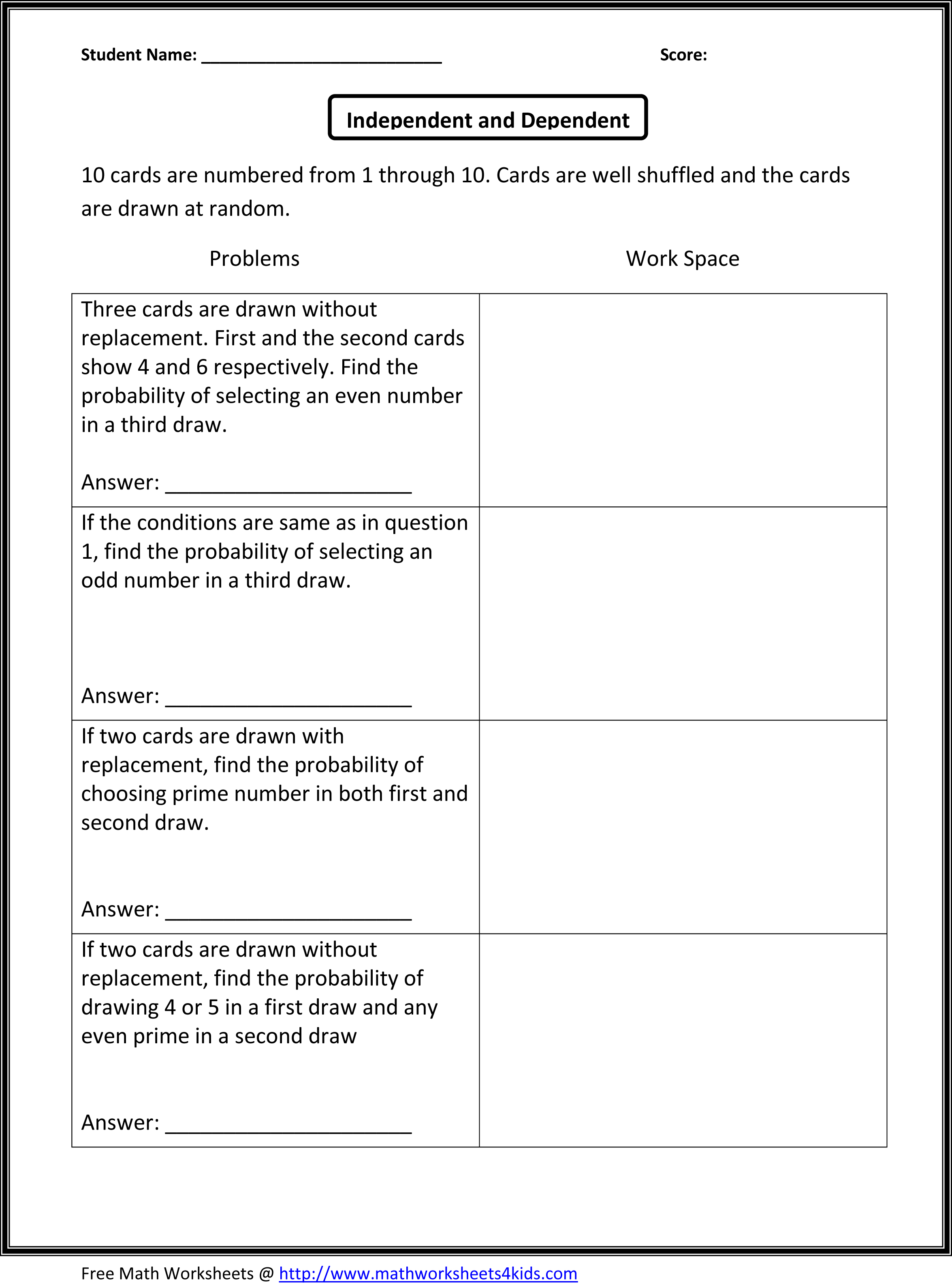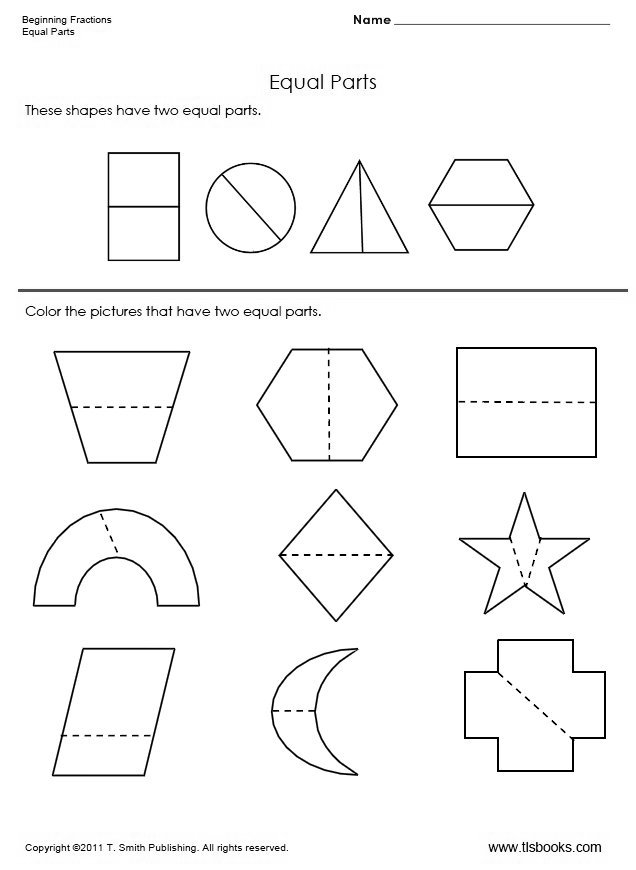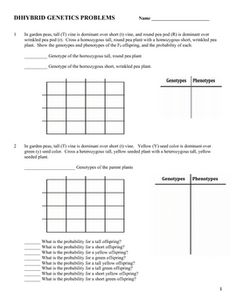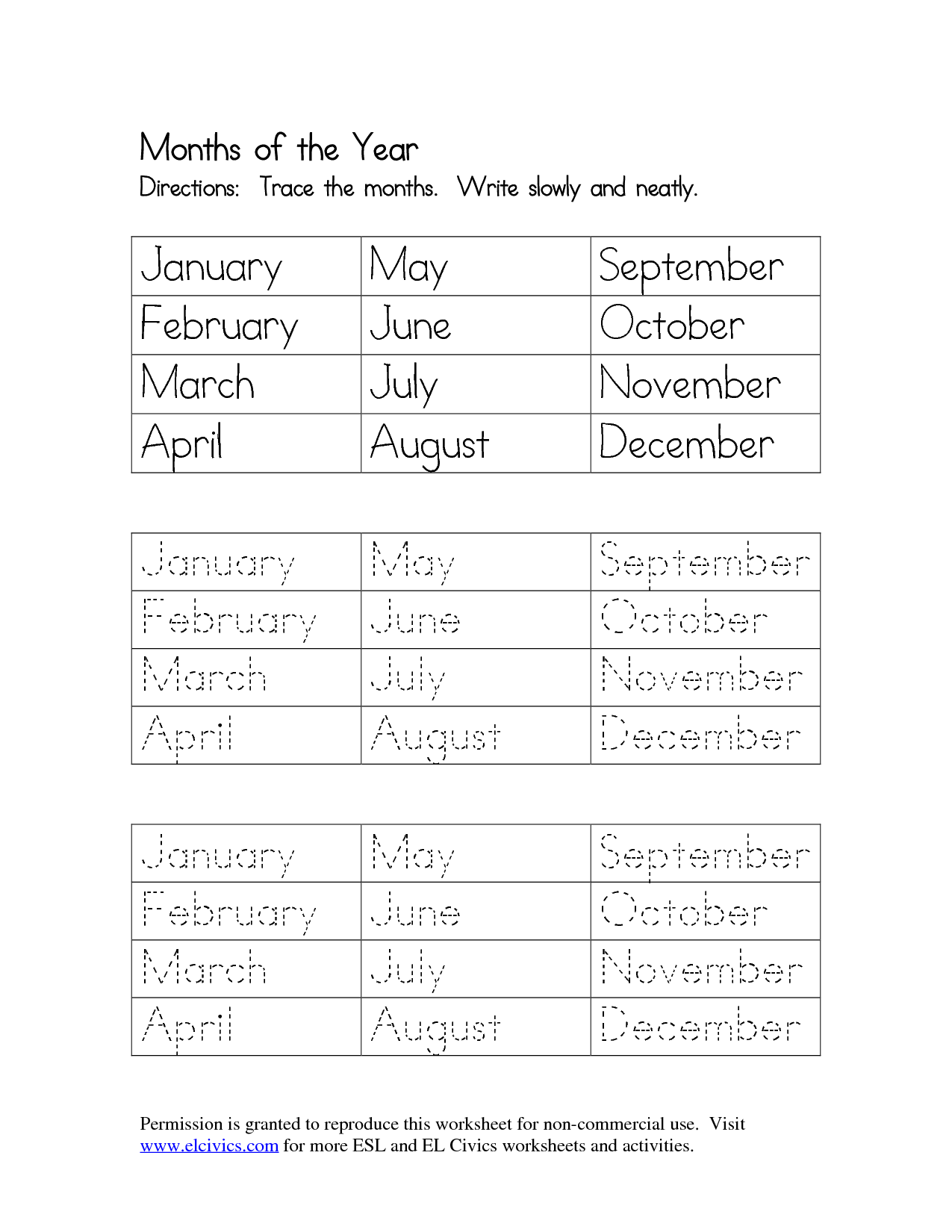Beginning Probability Worksheets
Probability worksheets are an excellent resource for students who want to solidify their understanding of this essential mathematical concept. Whether you are a teacher searching for comprehensive practice materials or a student looking to improve your skills, these worksheets offer a valuable tool to master probability calculations and problem-solving.
Table of Images 👆
More Other Worksheets
Kindergarten Worksheet My RoomSpanish Verb Worksheets
Cooking Vocabulary Worksheet
DNA Code Worksheet
Meiosis Worksheet Answer Key
Art Handouts and Worksheets
7 Elements of Art Worksheets
All Amendment Worksheet
Symmetry Art Worksheets
Daily Meal Planning Worksheet
What is the definition of probability?
Probability is a mathematical measure of the likelihood that an event will occur, expressed as a number between 0 and 1, where 0 indicates impossibility and 1 indicates certainty. It is based on the concept of analyzing data and making predictions about the likelihood of different outcomes in various situations.
How are outcomes and events related in probability?
Outcomes and events are related in probability in that outcomes are the possible results of an experiment or situation, while events are specific subsets of outcomes that we are interested in. In other words, events are made up of one or more outcomes, and the likelihood of an event occurring is determined by the probability of the outcomes that make up the event. Probability is a way to quantify the likelihood of different outcomes or events happening, allowing us to make predictions and decisions based on uncertain outcomes.
What is the difference between experimental and theoretical probability?
Experimental probability is based on conducting experiments or trials to determine the likelihood of an event occurring, while theoretical probability is calculated based on mathematical formulas or principles. Experimental probability is empirical and relies on observing outcomes from real-life situations, while theoretical probability is based on calculations and assumptions about the underlying probabilities of events.
How can probability be expressed numerically?
Probability can be expressed numerically as a value between 0 and 1, where 0 represents impossibility and 1 represents certainty. The closer the value is to 1, the more likely an event is to occur, while the closer it is to 0, the less likely it is to occur. Probabilities can also be expressed as percentages, with 0% representing impossibility and 100% representing certainty, allowing for a more intuitive understanding of the likelihood of an event happening.
What is the formula for calculating the probability of an event?
The formula for calculating the probability of an event is the number of favorable outcomes divided by the total number of possible outcomes. This can be represented as P(event) = Number of favorable outcomes / Total number of possible outcomes.
What are mutually exclusive events in probability?
Mutually exclusive events in probability are events that cannot occur at the same time. This means that if one event happens, then the other event cannot happen simultaneously. For example, when flipping a coin, the events of getting heads and getting tails are mutually exclusive because only one of them can occur in a single flip.
How do you find the probability of multiple independent events?
To find the probability of multiple independent events occurring, you multiply the probabilities of each individual event. For example, if the probability of event A happening is 0.5 and the probability of event B happening is 0.3, then the probability of both events A and B happening is 0.5 * 0.3 = 0.15. This applies to any number of independent events, simply multiply the probabilities of all the events together to find the overall probability.
What is the Law of Large Numbers in probability?
The Law of Large Numbers is a fundamental principle in probability theory that states that as the number of trials in an experiment increases, the observed probability of an event will converge to the true underlying probability of that event. In simpler terms, this law states that the results of a random experiment approach the expected value or true probability as the number of trials increases.
What are the basic rules of probability?
The basic rules of probability include the rule that the probability of an event ranging from 0 to 1, the sum of probabilities of all possible outcomes in a sample space is 1, the probability of mutually exclusive events can be calculated by adding their individual probabilities, and the probability of independent events can be calculated by multiplying their individual probabilities. Additionally, the rule of complement states that the probability of an event not occurring is 1 minus the probability that it does occur.
How can probability be used to solve real-world problems?
Probability can be used to solve real-world problems by quantifying uncertainty and analyzing the likelihood of different outcomes. By using probability theory, we can make more informed decisions by estimating risks, predicting future events, and understanding the likelihood of success or failure in various situations. This helps in scenarios such as insurance calculations, financial investment decisions, weather forecasting, sports analytics, and many other practical applications that involve uncertainty and randomness.
Have something to share?
Who is Worksheeto?
At Worksheeto, we are committed to delivering an extensive and varied portfolio of superior quality worksheets, designed to address the educational demands of students, educators, and parents.






















Comments